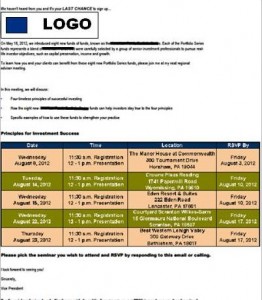Two research studies have been published in the last few weeks (see: http://bit.ly/WqC1Jm and http://bit.ly/WgZiPi) that highlight the same contradiction: while social media marketing has become almost ubiquitous among B2B companies, a minority of them can actually point to its quantitative contribution to the company’s success. From our experience working with and talking to companies about social media marketing, the reason is clear: they don’t start with a strategic foundation.
With social, that lack of a foundation can be even more dangerous than with other marketing activities. Once started, social can quickly turn into an exercise in “feeding the beast”—pushing activity as an end rather than a means to a strategic objective. Even if there were kernels of a strategy at the outset of the social program, they can easily get overrun by the runaway train of pursuing more followers, likes, friends, retweets, connections, etc.
The way to avoid this path of frenetic and less-than-satisfying activity is to start with a framework that enables the implementation of a social media marketing plan that is both strategically-grounded and operationally feasible. At EMI, that framework is constructed through finding the activities and media that sit at the intersection between the answers to three questions:
- What are the key business challenges?
- What are the social channels the target audience is active on today?
- What is the capacity of the organization to execute social marketing programs?
The answers to each of these questions alone can help shape a social strategy that isn’t a complete failure, but it is only when you find the areas of intersection that you will be able to define the channels and messages that will set the initiative on a path to sustainable success. For example, knowing that your business needs to build awareness among your target market will drive some effective decisions about media and messaging, but if you choose to launch a Facebook presence and your target customers aren’t active Facebook users, your results will fall short of expectations. Moreover, if you discover that your target customers are on Twitter and launch a Twitter program, but don’t have the resources to monitor, tweet, and create tweet-able content, your effort will likely end up failing to gain traction because of a lack of relevant, engaging activity.
